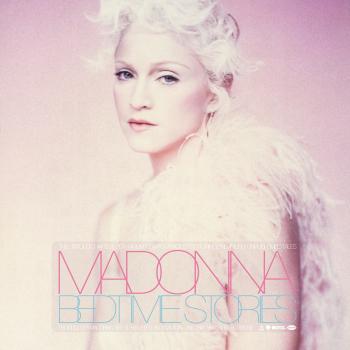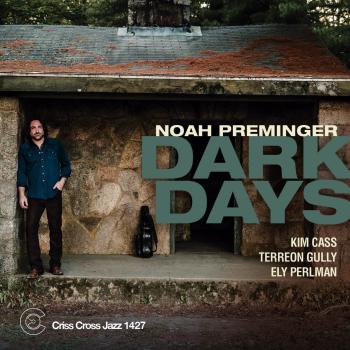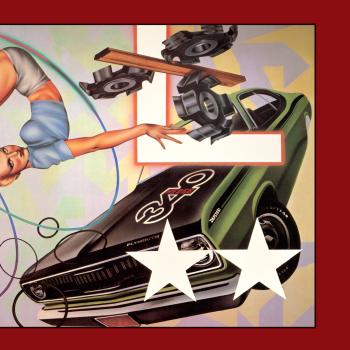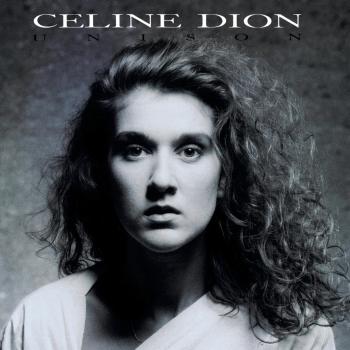The Pretty Things
Biography The Pretty Things
The Pretty Things
The Pretty Things were the also-rans of the British Invasion, a band that never got its due. Despite this lack of recognition, they were never quite ignored, cultivating a passionate following that stuck with them through the decades; a cult that was drawn to either their vicious early records, where they sometimes seemed like a meaner version of the Rolling Stones, or to their 1968 psychedelic masterwork S.F. Sorrow. Some of their fans advocate for the entirety of their catalog, noting how the group adeptly shifted with the times. Despite these changes in style, they rarely racked up hits on either side of the Atlantic. In the United States, they didn't chart until 1975, a full decade after they released their rough-and-tumble debut. Back then, the Pretty Things seemed like rivals to the Rolling Stones and that was no great leap: guitarist Dick Taylor played bass in the first incarnation of the Stones, not long before he teamed up with Phil May to form the Pretty Things in 1963. Taking their name from a Bo Diddley song, the Pretty Things were intentionally ugly: Their sound was brutish, their hair longer than any of their contemporaries, their look unkempt. This nastiness was evident on their first pair of singles, "Rosalyn" and "Don't Bring Me Down," two 45s that charted in 1964 whose success helped to get their eponymous debut into the U.K. Top Ten a year later, but that turned out to be the extent of their commercial success. The Pretty Things may not have shown up on the charts, but their cult proved to be influential: it's been said Pete Townshend was influenced by S.F. Sorrow to write Tommy for the Who, and David Bowie covered both "Rosalyn" and "Don't Bring Me Down" for his 1973 album Pin Ups. Critics liked them too, but that affirmation didn't sell records. Nevertheless, the Pretty Things were survivors, soldiering on through the '70s, turning into a harder, heavier outfit that was rewarded with marginal U.S. success -- 1974's Silk Torpedo and 1976's Savage Eye made the lower reaches of Billboard -- cutting a credible new wave album at the dawn of the '80s. The Pretty Things would split not long afterward but their cult remained so strong that they became a semi-active concern at the beginning of the new millennium, as they would occasional reunite for tours and recordings. ... (Stephen Thomas Erlewine, AMG)











